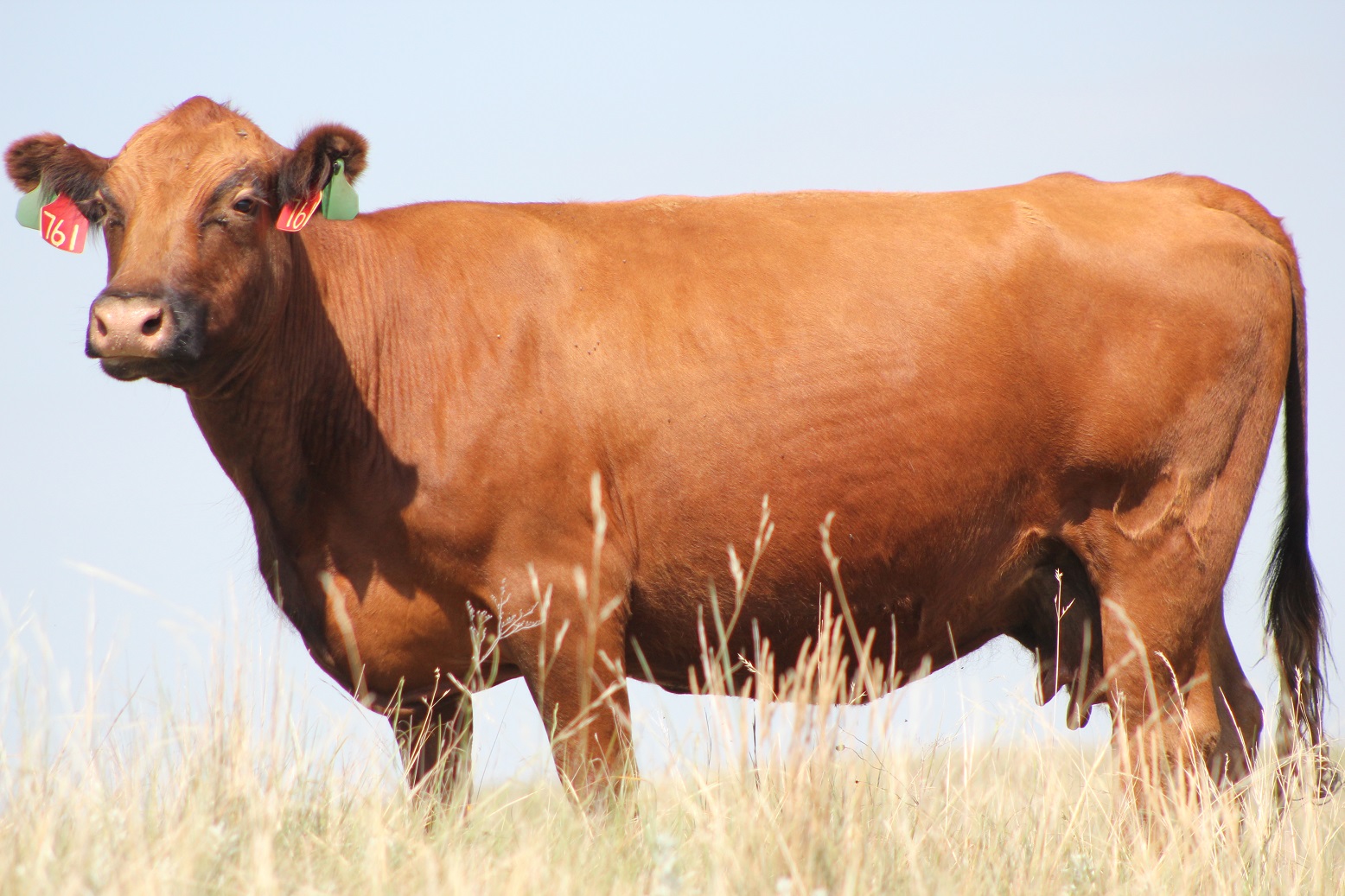Not All Cows are Equal – Some Eat More!
Jack Arterburn, Nebraska Extension Educator, Beef Systems

On most ranches, average cow size has increased significantly over the last three decades as a result of genetic selection. These changes do not come without consequences to forage intake. If the per-head counting method has been used to plan and track grazing, stocking rates may have unknowingly increase over time caused by increased forage intake of larger cows. Just as a lineman on a football team will eat more than the punter, larger cows will typically consume more forage than smaller cows. If the increase in forage demand is not accounted for, pastures may be getting overgrazed which results in decreased long-term forage production and reduced plant community resilience to disasters such as drought.
Moving from a method of counting the number of head per acre to calculating Animal Units is a simple process and can help the manager accurately assess forage demand. The Animal Unit (AU) is a standardized unit for calculating forage demand and forage supply. For cattle, the standard animal is a theoretical 1000 lb. beef animal. Animal-Unit-Equivalent (AUE) is used to adjust for cattle weighing more or less than 1000 lbs. by adjusting 0.1 AU for every 100 lbs. of animal. For example, a cow weighing 1200 lbs. would equal 1.2 AUE. A steer weighing 700 lbs. would equal 0.7 AUE.
Cattle consume an estimated 2.6% of their body weight in air-dried forage daily. Therefore, if the 1000 lb. standard animal grazes for 1 day, that animal will consume approximately 26 lbs. of air-dried forage daily. This is equivalent to one Animal Unit Day (AUD). A 1200 lb. dry cow will likely consume over 31 lbs. of air dried forage per day and a 700 lb. steer will consume around 18 lbs. of air dried forage per day.
Forage supply and demand are often displayed in AUMs (Animal-Unit-Months), which is the amount of forage an animal will consume in one month, equal to 30 AUDs. AUMs are calculated by multiplying the 26 lbs. of air-dried forage consumed daily by 30 days to get 780 lbs. of air-dried forage consumed each month by a 1000 lb. beef animal. To adjust for animals not weighing 1000 lbs., multiply the AUE by 780 lbs. to calculate the animal’s monthly intake.
Using air-dried forage (90% dry matter, 10% moisture) can be helpful to visualize what this amount of forage looks like by visualizing the same amount of hay. It also makes comparing between grazing and feeding hay easier. The bottom line: knowing what cattle weigh and understanding their daily requirement is approximately 2.6% of their body weight in air-dried forage helps the grazing manager accurately calculate how much forage they are consuming.
Forage supply can also be calculated using Animal Units. We know 780 lbs. of air-dried forage is the estimated requirement to feed a 1000 lb. beef animal for one month (1 AUM = 1000 lb. animal grazing for one month = 780 lbs. of air-dried forage consumed per month). If a range site produces 2000 lbs. of air-dried forage annually and a 25% grazing harvested is planned, 500 lbs. of air-dried forage is available per acre. In a 200 acre pasture, there is 100,000 lbs. of air-dried forage available (500 lbs. multiplied by 200 acres) for the entire growing season. If we are planning to graze 1200 lb. cows for 1 month we can calculate how many cows the pasture can carry by dividing the forage supply (100,000 lbs.) by the forage demand of each cow. Cows weighing 1200 lbs. equal 1.2 AU. Multiply 1.2 AU by 780 lbs. of air-dried forage consumed by a standard AU results in 936 lbs. of air-dried forage consumed each month by one 1200 lb. cow. The 100,000 lbs. of forage supply divided by 936 lbs. of forage demand yields grazing for approximately 107 cows for one month.
To simplify calculating and tracking forage supply and demand in each pasture, the University of Nebraska-Lincoln developed the Grazing and Hay Record Spreadsheet. This spreadsheet is a Microsoft Excel® based template used for entering basic grazing records of individual pastures to calculate available AUM/acre and AUD/acre based on forage supply and forage demand over a given period of time. The user enters the number of acres, the forage supply (AUM/acre) for each pasture, and the forage demand by livestock class, number of head, and their average AUE for the planned grazing period. Do not forget to account for forage demand of bulls and calves once they reach 3 months of age. Summary reports are included with the spreadsheet and allow the grazing manager to track pasture use over time, noting season of pasture use, total forage utilized, as well as hay usage and the stocking rate for the entire ranch.
Accounting for forage demand by cattle is critically important to knowing forage utilization on range and pasture. A 1400 lb. cow with a January born calf is going to consume significantly more forage in a June through October grazing season than an 1100 lb. cow with a May born calf. Head counts and the number of days grazed are important pieces of information, but they are not enough. Truly calculating forage consumed based on animal unit equivalents will help the grazing manager correctly document pasture use and provide accurate information that can help with effective range and pasture management.
Source: University of Nebraska-Lincoln BeefWatch


